8 Benefits of Telehealth for Providers
An EY IPA study predicts the telemedicine market size in India would see a 31% hike by the year 2025, reaching US$5.5 billion. A TransUnion Healthcare report states, 33% of patients used telehealth in 2020 and 59% did so because of the pandemic. Interestingly, telehealth is not a short-term fad. A Mckinsey survey highlighted that nearly 40% of patients would continue to use telehealth going forward, which is up from 11% of consumers using telehealth before COVID-19. Yet, some healthcare providers are hesitant to opt for teleconsultation solutions.




